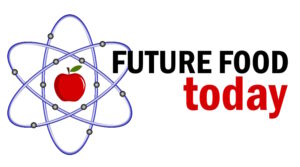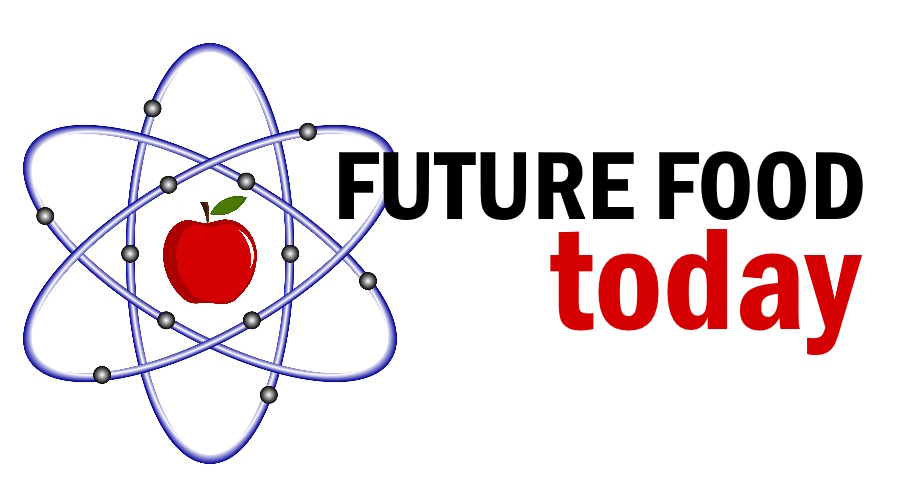Food waste and food-borne diseases are among the most critical problems urban populations face today. They contribute to greenhouse emissions tremendously and amplify economic and environmental costs.
Since food spoilage remains the main reason for this waste, the circumstances of processing, transporting, and preserving food still need to be improved in line with current technological advancements.
Current monitoring processes are conducted in laboratories and use expensive chromatographic devices. These not only require too much time but also excessive resources and qualified personnel. So, present methods unfortunately prove to be inefficient in today’s circumstances.
New research published in Nature Food Magazine presents a significant alternative to this process: A new user-friendly, cost-effective, and up-to-date sensor that can be applied on food directly and replace lab-monitoring. The 2 x 2 cm miniature wireless device introduced in the paper offers real-time measurement, is battery-free and smartphone-compatible. It is expected to be highly effective especially in high-protein foods such as beef, chicken, and fish.
The research was led by Emin İstif (Molecular Biology and Genetics, Kadir Has University) and Levent Beker (Mechanical Engineering, Koç University) with the contribution of İskender Yılgör and Emel Yılgör (Chemistry, Koç University), Çağdaş Dağ (Molecular Biology and Genetics, Koç University) and Hatice Ceylan Koydemir (Texas A&M University).
Reducing costs
While existing solutions focus on the change in colour of food, this new device, for the first time, offers a capacitive measurement method and thus utilises near-field communication (NFC) technology with power-free and wireless communication. The authors say that this eliminates major disadvantages encountered in resistive devices such as moisture sensitivity and incorrect data due to distance.
The invention will not only provide companies the opportunity of reducing costs but also help consumers. Once widely commercialized, the device will enable continuous monitoring on shelves and allow users to control freshness right before buying a product or even before consumption at home. This opportunity of on-demand spoilage analysis via mobile phones will ultimately help preventing food waste and food-borne diseases.
With its cost-effectiveness and accessibility, the authors hope to contribute to the greater struggle against global warming and greenhouse emissions more effectively and quickly. The following steps will be to focus on increasing the potential for commercialization of the product in the near future.
Jim Cornall is editor of Future Food Today and publisher at Ayr Coastal Media. He is an award-winning writer, editor, photographer, broadcaster, designer and author. Contact Jim here.






